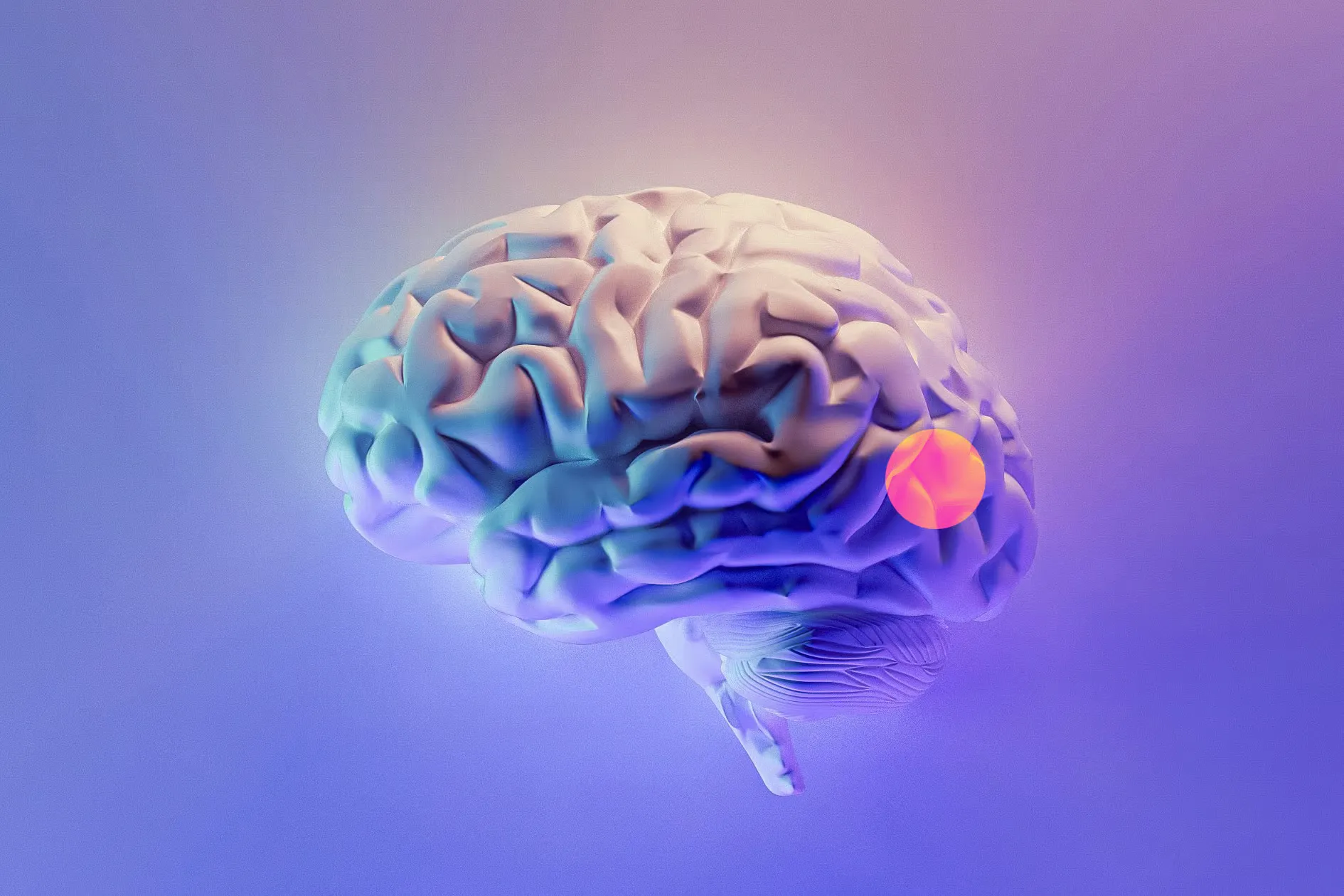In a groundbreaking development that promises to revolutionize the field of medicine, artificial intelligence (AI) has emerged as a powerful tool in the fight against brain cancer. Researchers have successfully developed AI-powered algorithms capable of detecting cancerous brain tumors in mere seconds, offering a beacon of hope for patients and healthcare providers alike.
The Power of AI in Cancer Detection
Artificial intelligence, with its ability to analyze vast amounts of data and identify complex patterns, has the potential to transform the way we approach cancer diagnosis and treatment.
By training AI models on extensive datasets of medical images, researchers have enabled these systems to learn to recognize subtle differences between healthy and cancerous tissues.
How AI Detects Brain Tumors
The process of AI-powered brain tumor detection typically involves the following steps:
Image Acquisition: High-resolution medical images, such as magnetic resonance imaging (MRI) scans, are acquired from patients. These images provide detailed cross-sectional views of the brain.
Data Preprocessing: The acquired images are preprocessed to enhance image quality and remove any artifacts that may interfere with the analysis. This step involves techniques like noise reduction and contrast enhancement.
Feature Extraction: AI algorithms extract relevant features from the preprocessed images. These features may include texture patterns, shape characteristics, and intensity variations that are indicative of cancerous growth.
Model Training: The extracted features are fed into a machine learning model, which is trained on a large dataset of labeled images. This training process allows the model to learn to distinguish between healthy and cancerous tissues.
Tumor Detection: Once the model is trained, it can be used to analyze new images of patient brains. The model processes the images and identifies regions that exhibit characteristics consistent with cancerous tumors.
The Benefits of AI-Powered Brain Tumor Detection
The advent of AI-powered brain tumor detection offers several significant advantages:
Early Detection: AI algorithms can detect tumors at earlier stages, when treatment is more likely to be successful. Early detection can significantly improve patient outcomes and survival rates.
Increased Accuracy: AI models can often outperform human radiologists in terms of accuracy, reducing the risk of misdiagnosis and enabling more precise treatment planning.
Faster Diagnosis: AI-powered systems can analyze images in a fraction of the time it takes for human experts, leading to faster diagnosis and treatment initiation.
Reduced Cost: AI-powered solutions can potentially reduce healthcare costs by streamlining the diagnostic process and minimizing the need for additional tests.
Ethical Considerations and Future Directions
While the potential benefits of AI in cancer detection are immense, it is crucial to address ethical considerations and potential challenges. Ensuring the accuracy and reliability of AI models is paramount, and rigorous validation and testing are essential. Moreover, addressing issues related to data privacy and security is crucial to protect patient information.
As AI technology continues to advance, we can expect further breakthroughs in brain tumor detection and treatment. Researchers are exploring the integration of AI with other emerging technologies, such as genomics and nanotechnology, to develop even more powerful tools for fighting cancer.
In conclusion, AI-powered brain tumor detection represents a significant step forward in the field of medicine. By leveraging the power of artificial intelligence, we can hope to improve patient outcomes, save lives, and usher in a new era of precision medicine.

